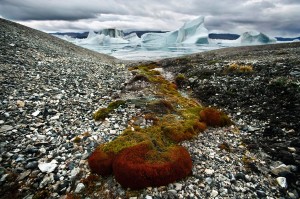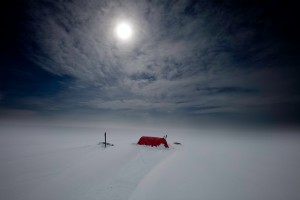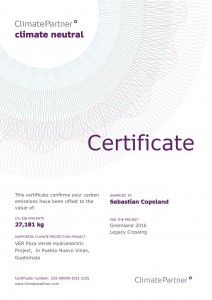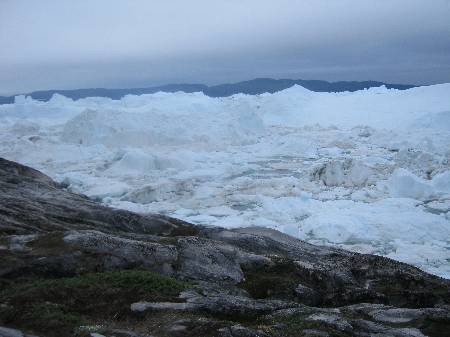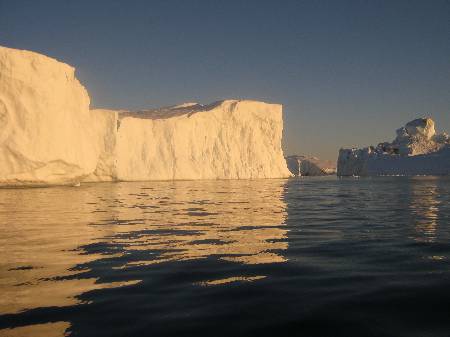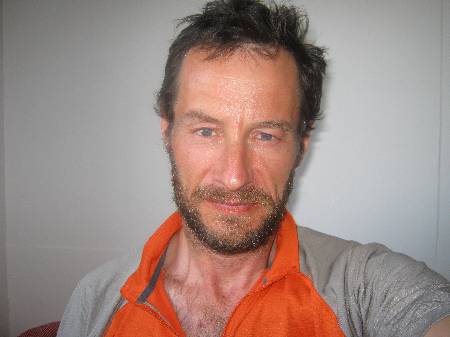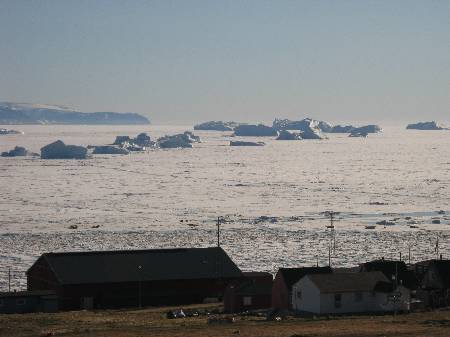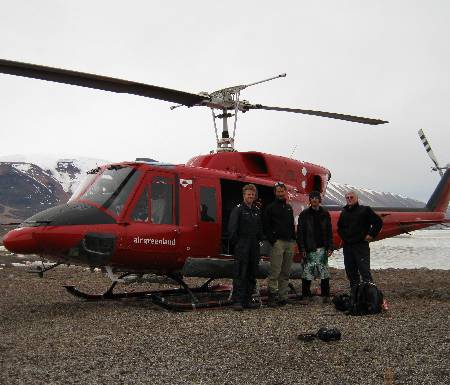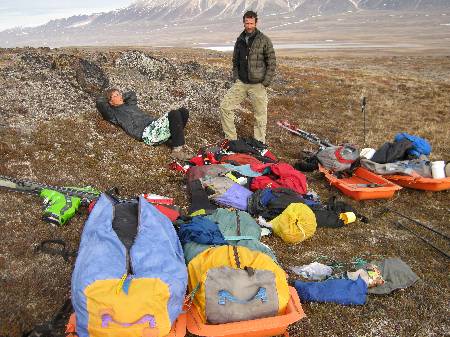

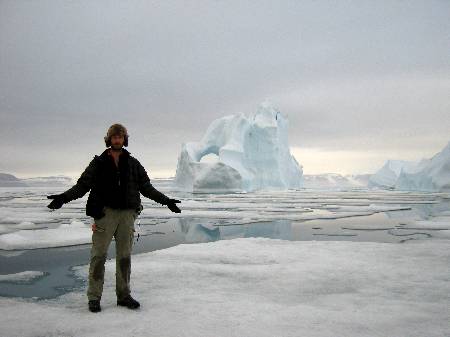
The Bay That Time Forgot
Qaanaaq–
It is always a tad unsettling to find yourself in a mirror after a long stretch of abstention. Not that you miss it, or think about it much. Which is perhaps partly why, when that reflection eventually stares back at you, you may find yourself in front of distant, slightly older relative. Forty days is long enough to have to get re-acquainted. Who is that strange bearded fella? And what’s he looking at? You lookin’ at me…?
For one thing, he is considerably thinner. Though there is no scale in the bare bone cabin that is our home (until the weekly Wednesday flight that will move us from Qaanaaq), and the mirror is quite small, it looks like I may have lost about fifteen pounds. Considering I’d lost twenty two after walking to the North Pole last year (over thirty five days), fifteen pounds in forty days is an improvement. Almost twenty five percent better, in fact! Regardless, now comes the time to put some weight back on, especially with the South Pole coming up in November…
A word on the physical toll of this type of trip: overall, the body fared pretty well. The strain was mostly in the feet, chins and knees. The flat of both Eric’s and my feet is pretty numb, and will likely remain so for a couple of months. This is especially the case for the left foot, and particularly the big toe. Eighty percent of the trip was made on one tack, and that toe is the last point of stress when setting the downwind ski’s edge against the kite.
Chins, one ankle and the knees are also sore or numb, which is hardly surprising considering we often spent ten to twelve hours a day–and often more–strapped tightly in ski boots. No matter how comfortably customized–thanks to my pals at Doc’s Ski Haus in Los Angeles!–it remains hard plastic!
Numbness also in the fingers which I account mostly to photographing, as is customary for me. No frostbites this time, though! The two index fingers are also numb from struggling to launch the handle kite–Yakuza–in low winds!
Finally, muscle soreness and fatigue especially in the shoulders and the legs, though I think the latter has a good deal to do with the natural Stairmaster of going up and down the mountain–twice–with heavy loads in the final two days. Yumi and Ron, if you are reading this: you would be proud of that routine!
Apart from the slight atrophy that comes from under using some muscle groups (chest, triceps) while over using others (core, legs, back) while losing weight, I am pleased by the absence of serious strain, or injury…
I ventured out alone on the sea ice last night, and spent all night in the company of the giants. I set off at one AM, with some apprehension as to the stability of the bay, seeing as I got trapped once in the middle of a frozen bay, alone, as it broke up before me and moved out to sea– with me on it! It remains one of the more intense experiences of my travels. I armed myself with the sat phone and a GPS and a number to the local police; two flares, in case of an encounter with Mr. bear; some food bars and liquid; warm clothes; and my cameras!
The greater challenge was getting past the rough ice that hugs the shore and breaks with the ebb and flow of the tides. Large and small chunks of ice are pressed together, but not bonded, with areas of open water. The trick is not to pick the pieces that will instantly roll when you step on them; or calculate the risk of stepping briskly onto them as a bridge! This goes on for the first two hundred feet or so from the beach. Once past that, the sea ice is relatively stable; the terrain mixes a multitude of puddles with the occasional open crack. Those are the ones to watch in determining the type of current, if any, and whether they are widening. A change is generally very subtle; but if they widen, my thought is: run–back to shore…! Luckily this did not happen and it looks like the sea ice will be here for another couple of weeks. An Inuit here shared with me yesterday that the bay used to break up in August; but in the last few years, it has been breaking in early July due to the warming temperatures. This shortens the Inuit’s ability to hunt on the ice, which traditionally makes for the best hunting opportunity (same for the bears, by the way) which they carry out with dogsleds. The melting starts their fishing season earlier, also, but the fish are more and more scarce…
Walking on the frozen sea, surrounded by icebergs the size of multiple stories buildings is a little bit like walking in an enchanted land where time stood still. The monolithic pieces of ice were spat out too late in the season by the nearby glaciers. As a result, they got caught by the freeze and wintered out in the bay instead of floating out to meet their demise early. To walk amongst them (occasionally up to them) stuck as they are in one spot, reminded me of the scene in The Matrix when Lawrence Fishburn trains Keanu Reeves how to stop the illusion of time and maneuver around it–to dodge bullets, for instance! It was that, or a set from Ice Age! It’s an arresting visual experience, which connects vividly with the spirit of the ice. These sleeping giants are headed to their inescapable fate; they are just buying time…
I spent six hours in their midst and walked for miles–distances can be deceiving–and made my way back, in the rain, around seven AM!
Along with some new images for my next book. I made it safely back to shore and sneaked into bed to give my sore legs some relief… A good night’s work!

More


